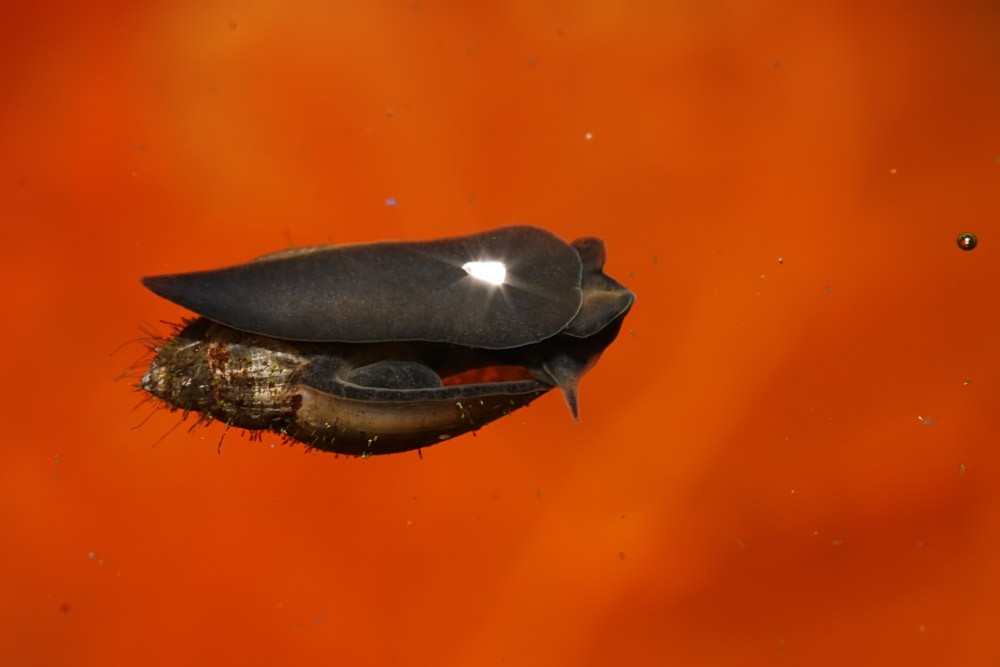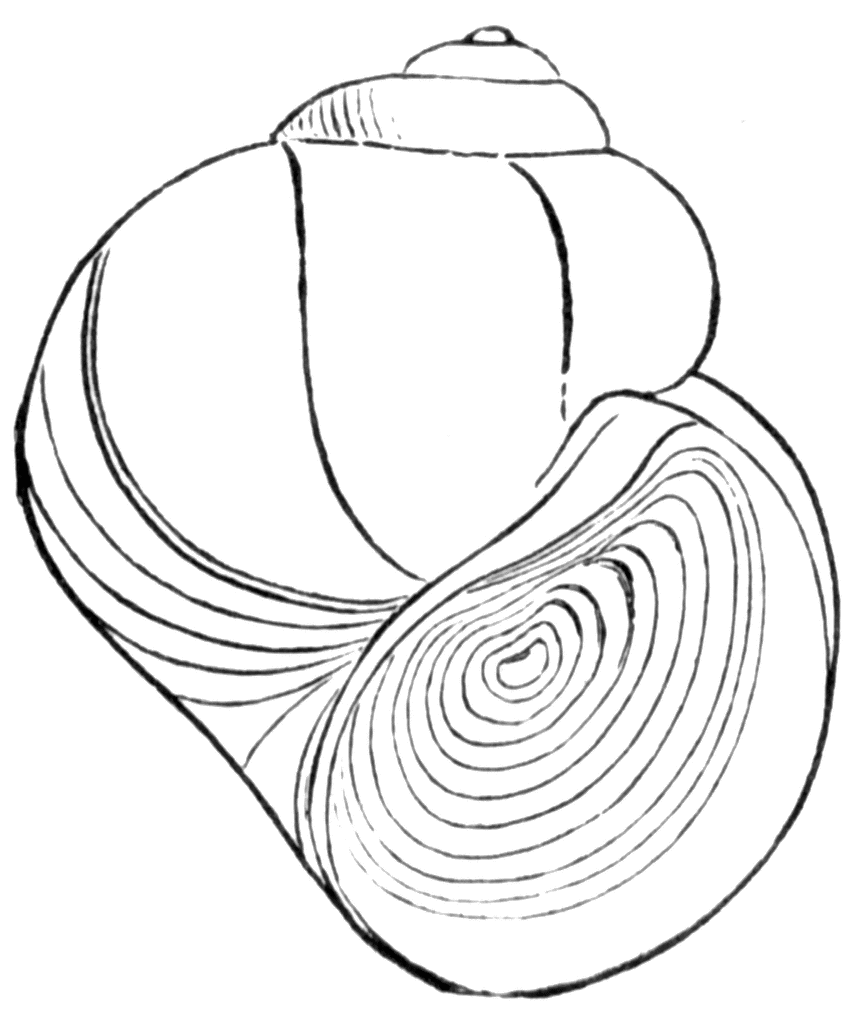

These snails only require good filtration with low nitrate and ammonium levels, a moderate temperature range (64-86☏) and hard, acidic water. They do not have any specific care requirements so can be kept by beginners. Malaysian trumpet snails have a cone-shaped shell which comes in a variety of brown shades with dark markings and a lighter body. They are considered pests in the aquarium hobby as they reproduce incredibly quickly and are also known to be invasive in some parts of the world. The Malaysian Trumpet Snail ( Melanoides tuberculata) is native to Southeast Asia but can also be found in Africa. Care level for this species is considered to be easy as they will only breed in brackish waters and get along with many tank species making them a common and beloved pet in many freshwater tanks. This is because of the atrocious smell they give off when they are eaten.ĭespite such an aggressive name they are actually very calm and will keep to themselves. You might be wondering at this point why they are called Black Devils. This means they require at least a 10 gallon tank. Their long dark shells range from brown to black and can grow up to 3 inches in size.

These bold and mysterious creatures also go by the name of Lava Snails, or their scientific name of Faunus ater.īlack Devil Snails are native to Southeast Asia and occur in brackish environments in Thailand and Indonesia. During the daytime you will find them sleeping under plants and other objects. Ivory Snails are peaceful but very active in the dark and love to explore their surroundings when they think no one is looking. Just like the moon they only comes out at night. Their color alone is enough of a reason for why they are becoming so popular. They may also have orange spots near the head. Ivory Snails ( Pomacea bridgesii) belong to the same family as the Apple Snail but have a pure creamy white colored shell. These little aquarium snails are becoming increasingly popular in the aquarium hobby. They can grow over 2 inches in size but need only 5 gallons of tank space per snail. Pagoda Snails prefer tanks with fast-flowing freshwater, low light levels, and a sandy substrate for burrowing. You can find them in many shades of dark brown with an amber hue. These spikes extend out in a spiral pattern. Their shells attract a lot of attention because of their spiky appearance and they are also fairly rare, so they cannot be missed if you happen to cross paths with one. Pagoda Snails ( Brotia pagodula) are eccentric-looking Snails which come from Thailand.īecause of their shell they are also known as Porcupine or Horned Armor Snails. Make sure to check for Endosulfan before adding any pesticide into the aquarium. They are very helpful in aquariums and are well known to eat any excess waste or debris.Ī key fact about these aquarium snails is that they have been known to be negatively affected by pesticides that are commonly used in aquariums. These snails will consume algae and keep the tank clean. Great Ramshorns’ shells tend to be a striped olive to brown tone but other colors such as blue or pink are also common. Great Ramshorn Snails ( Planorbarius corneus) belong to the Planorbidae family.Īlthough they share their name with the common Ramshorn Snail there are actually a few key differences between them. Their longer lifespan and affordability explains their increasing popularity. However, they are a wonder to look at with their magnificent size.

Tower Cap Snails typically eat dead and rotting food and generally are not interested in algae, so they are not very helpful with cleaning tanks.

This explains why their scientific name ( Brotia herculea) comes from Hercules, the large Roman mythological figure.Įxpect them to have a cone shaped shell that comes in shades of brown, yellow and even white. They look very similar to the Pagoda Snail and can grow up to 4 inches long. The Tower Cap Snail is very easy to care for.


 0 kommentar(er)
0 kommentar(er)
